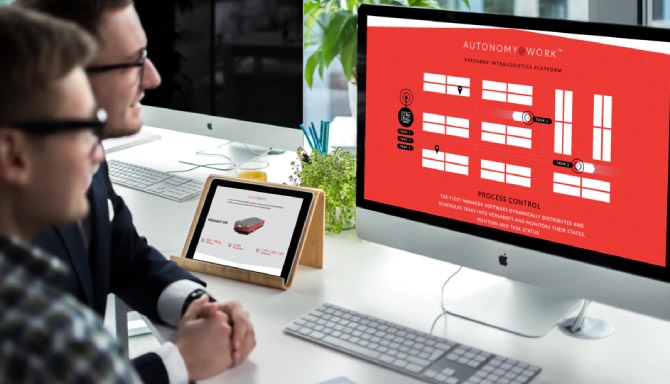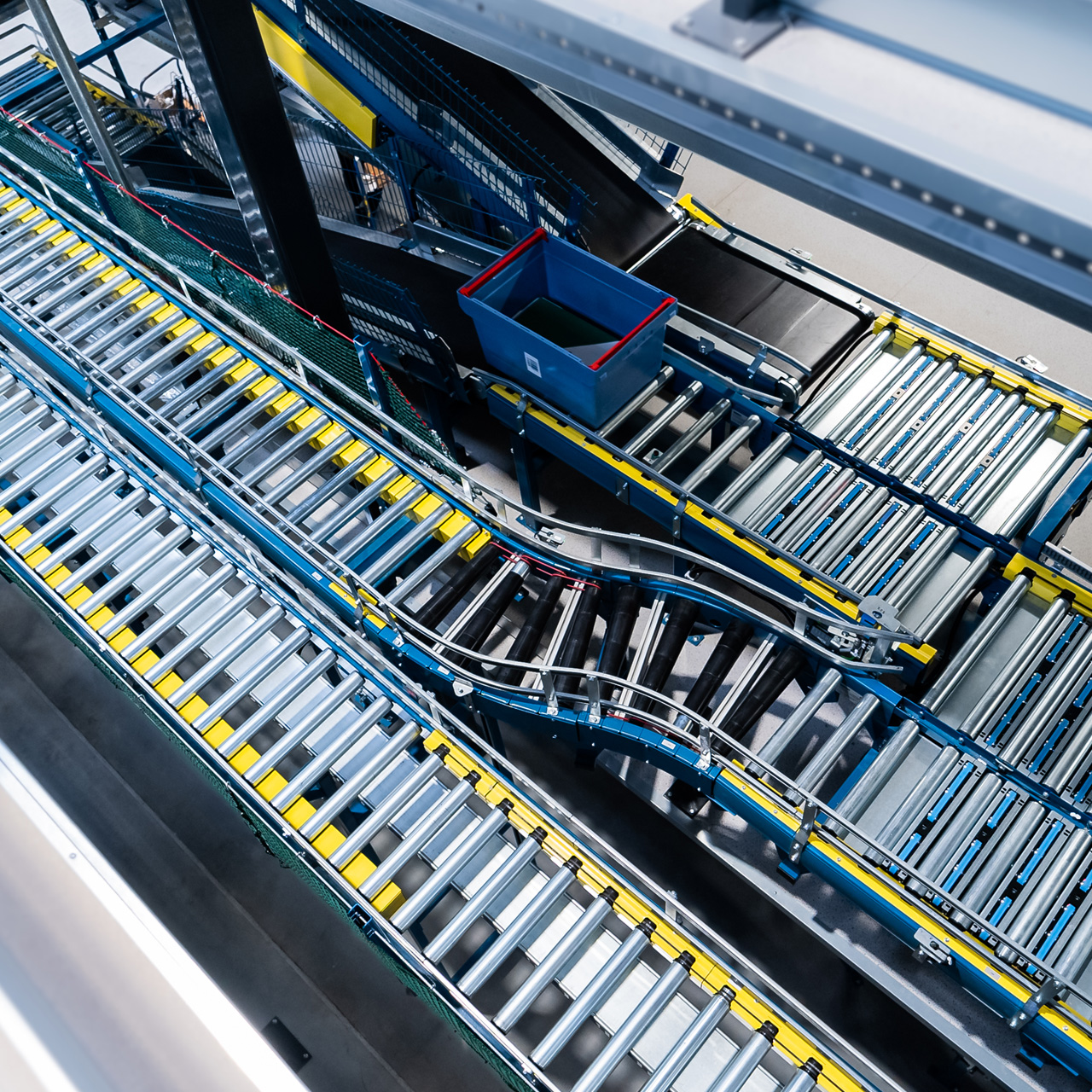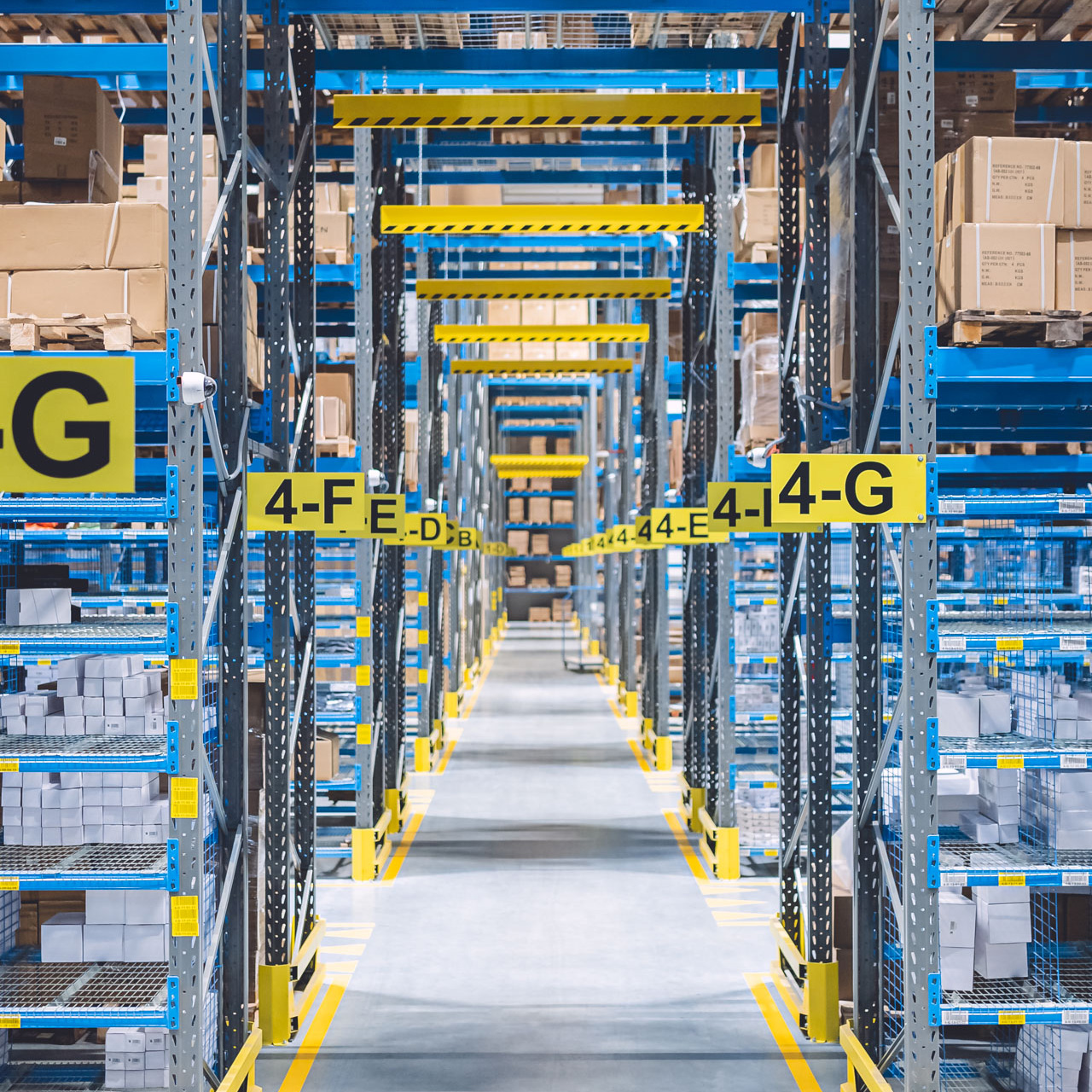AMR Fleet manager – a new factory position

Fleet manager is not a new position. Vehicle fleet management is a profession that appeared on the market with the development of the transport industry. The head of the company, with the support of an assistant or a secretary, usually handles the management of a dozen or so vehicles. But when there are several dozen or several hundred vehicles, there is a need to create a separate managerial position. A similar transformation awaits the industrial sector thanks to the introduction of Autonomous Mobile Robots (AMRs) into intralogistics.
Today, AMRs are still a technological novelty. There is no doubt, however, that the number of autonomous robots will steadily increase. One may even be tempted to predict that the increase in the number of AMR-class machines will at some point become exponential, mainly due to the rapid improvement of the technology and the optimisation of the implementation costs.
Autonomy is not equivalent to self-sufficiency
The adaptability of AMRs is already impressive. Inconspicuous at first glance, the device is incredibly easy to implement in any given conditions – all it needs to operate are a level floor and Wi-Fi access. Once connected, it scans its surroundings and creates a map that will become a reference point for all subsequent operations: error-free navigation during the execution of transport tasks and instant location of its current position. The robot is able to independently carry out transport tasks from point to point, and make autonomous decisions regarding the selection of the optimal route or avoiding obstacles, such as loaded pallets blocking the path, reach stackers operating in alleys, and individuals or groups of people passing it by (their appearance in certain places and at certain times is relatively difficult to predict, so the robot must be able to react to dynamic changes in the environment).
With all the possibilities of “independent” operation and decision making, the AMR is not self-sufficient. We cannot instruct it to develop a rota of its own transport tasks or to carry out repairs on itself. Like any other employee (contractor), it needs a “scope of duties”. The robot requires a precise mission statement – a series of directives (orders, commands), which will tell it how to behave in certain situations and places, and in which order to perform specific tasks, e.g. when to go to its docking station (a waiting room of sorts for currently unoccupied, ready-to-work robots), or the charging station, or when to call maintenance.
If there are multiple robots, creating missions or tasks for subsequent machines and their efficient management requires the use of an integrated system, which regulates their work based on information about the current technical condition of the robots (system efficiency, battery level) and the tasks waiting to be completed. In an advanced management system, you can, and need, to use data about periodic technical maintenance, inspections, replacement of consumables, and the necessary replacement of specific components (based on the number of hours worked or kilometres travelled).
The more devices there are, the more urgent the need to hire a person who will deal solely with the management of a fleet of autonomous transporters – an AMR fleet manager becomes more and more necessary.
AMR fleet management: easier, more precise and predictable
The job of an AMR fleet manager has the same goals as that of a fleet manager responsible for a fleet of vehicles (cars). Their duties are also similar:
- planning, commissioning, and monitoring of technical maintenance and repairs,
- creation and implementation of cost optimisation,
- establishing and monitoring of vehicle routes,
- planning and carrying out the process of purchasing of new vehicles,
- participating in industry fairs and new equipment presentations.
When managing a fleet of cars, a lot of the fleet manager’s work is related to mandatory car insurance, acquisition and renewal of drivers’ qualifications, fuel management, and also control over the quality and working time of the drivers. You are exempt from these duties when managing AMRs.
An incredibly important change in the work of a fleet manager, brought about by the use of a fleet of AMRs, is the elimination of the “human factor” and everything related to it. Robots don’t suffer from typical human ailments (fatigue, getting distracted, depressive moods, irrational behaviour), and they also don’t require a salary or social benefits (primarily paid leave, sick leave, and additional benefits). Thanks to all this, you avoid a lot of paperwork and audit activities.
The ways in which robots operate are one hundred percent predictable, and proper monitoring (including individual systems within them) allows to minimise the risk of unexpected failure. As a result, an AMR fleet manager can create a much more precise work schedule than their equivalent in a transport company. This means they can also focus fully on fleet management and its optimisation, i.e. things that directly translate into the company’s competitiveness.
The market potential of each industry branch depends on dynamic, easily scalable and flexible intralogistics, able to adapt to production needs. The potential of solutions based on human labour has basically been exhausted. A new chapter in internal transport can be opened, and in practice has already been opened, by Autonomous Mobile Robots.

